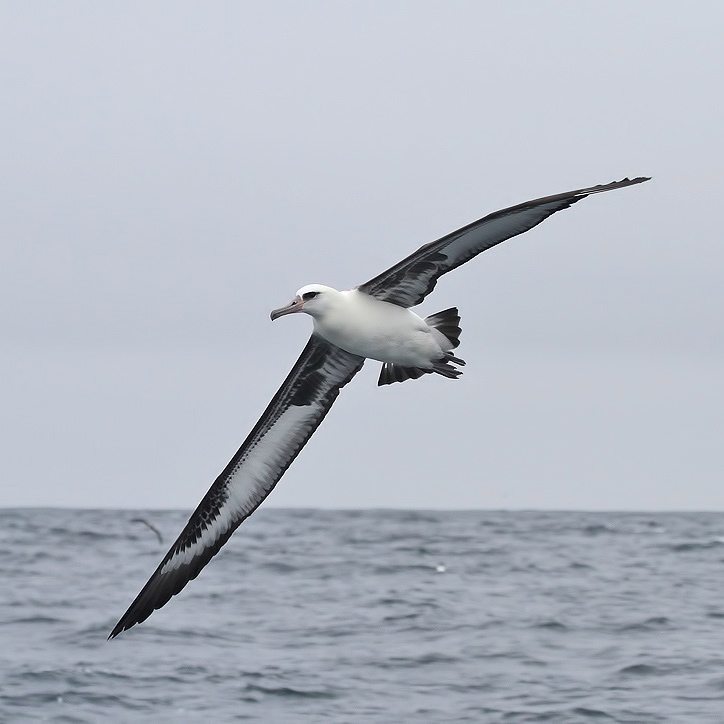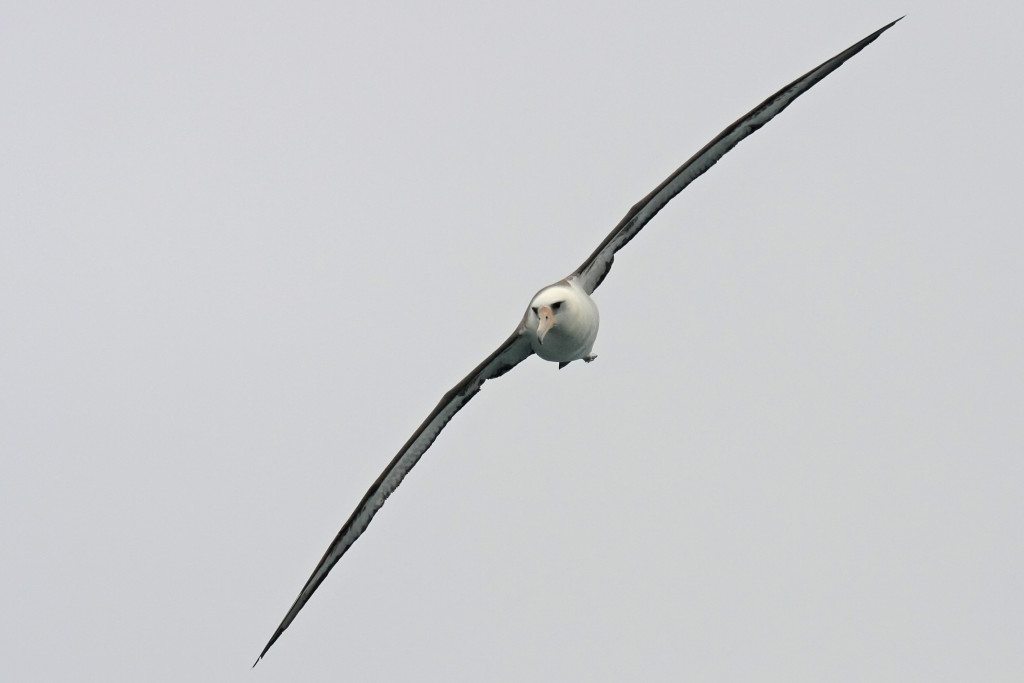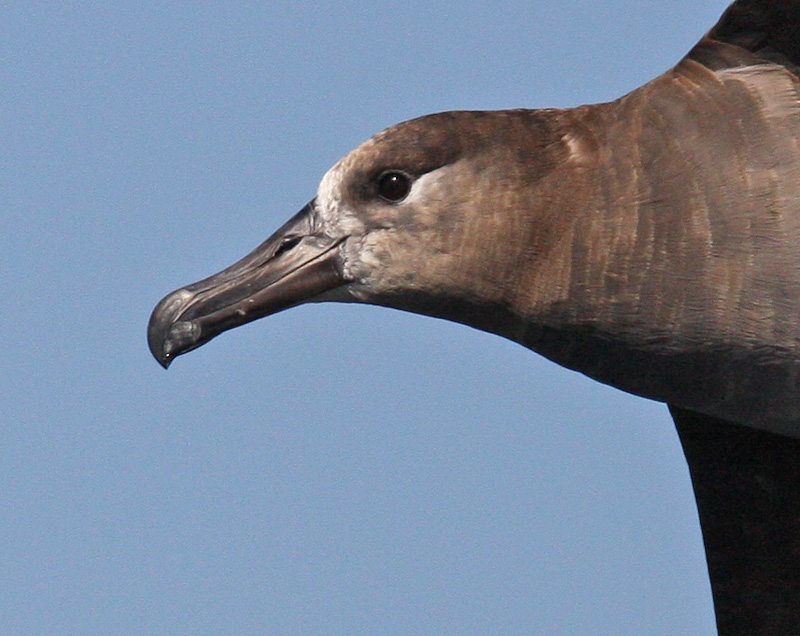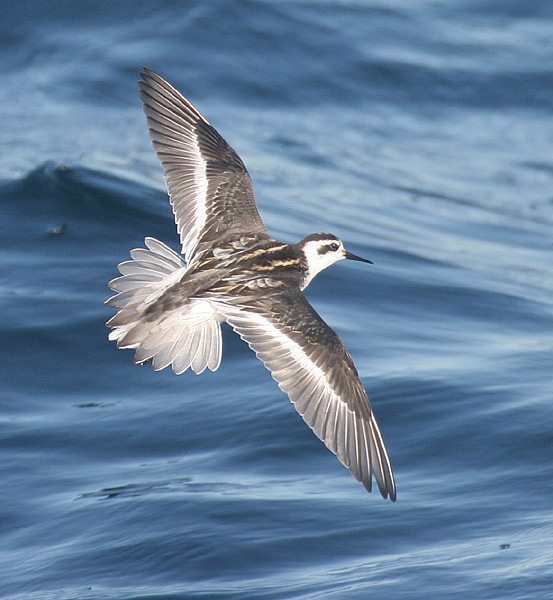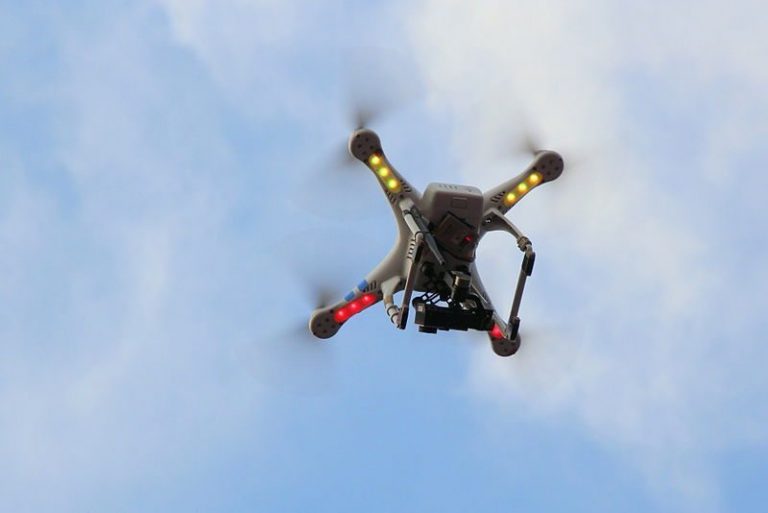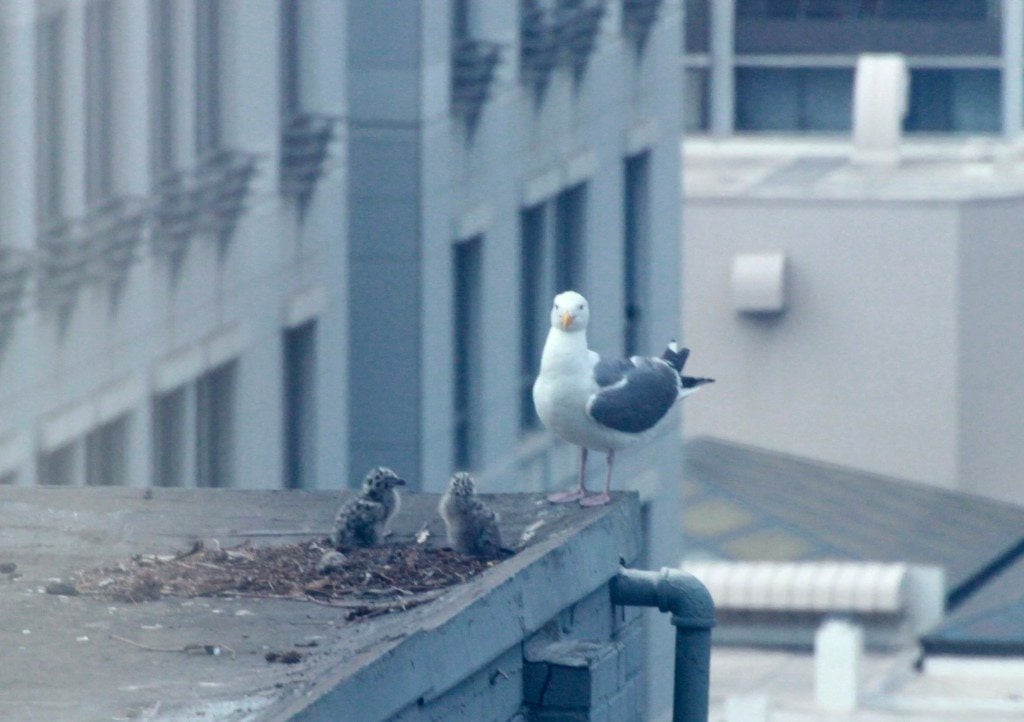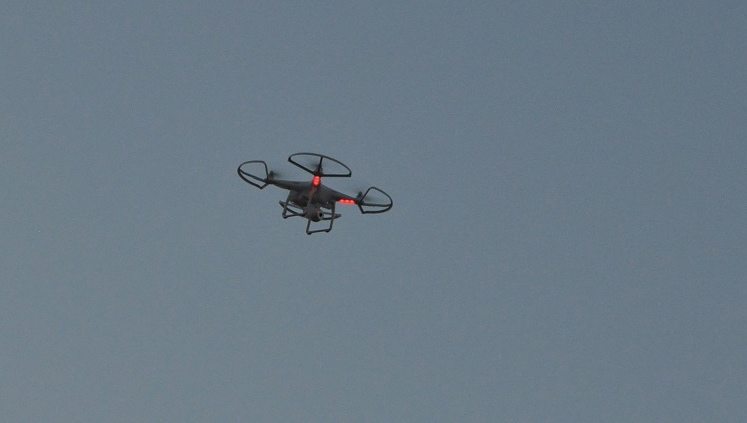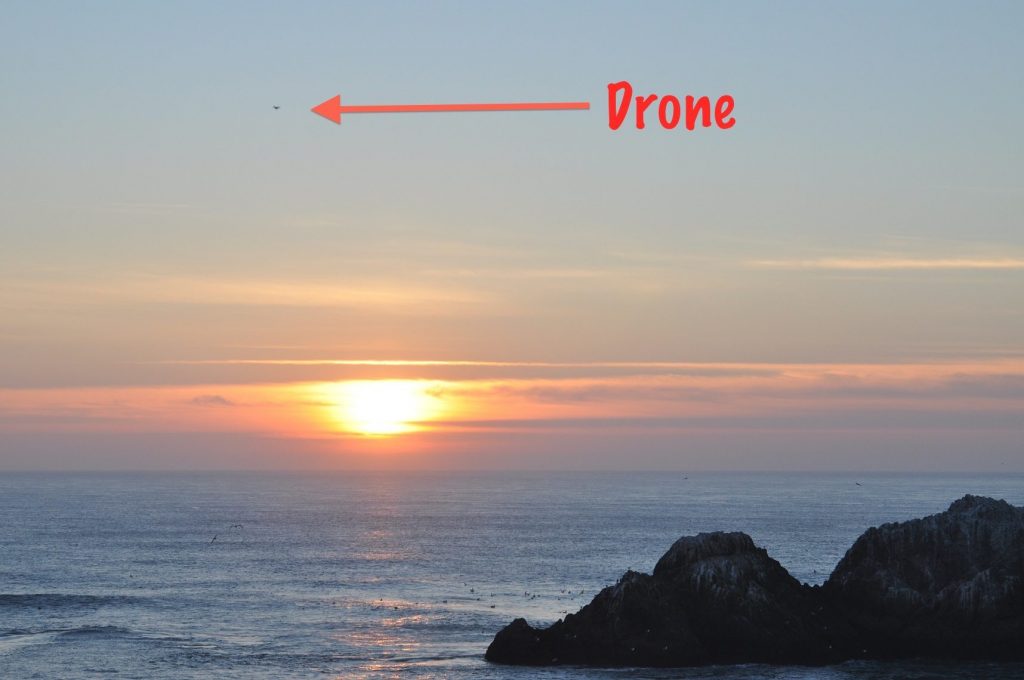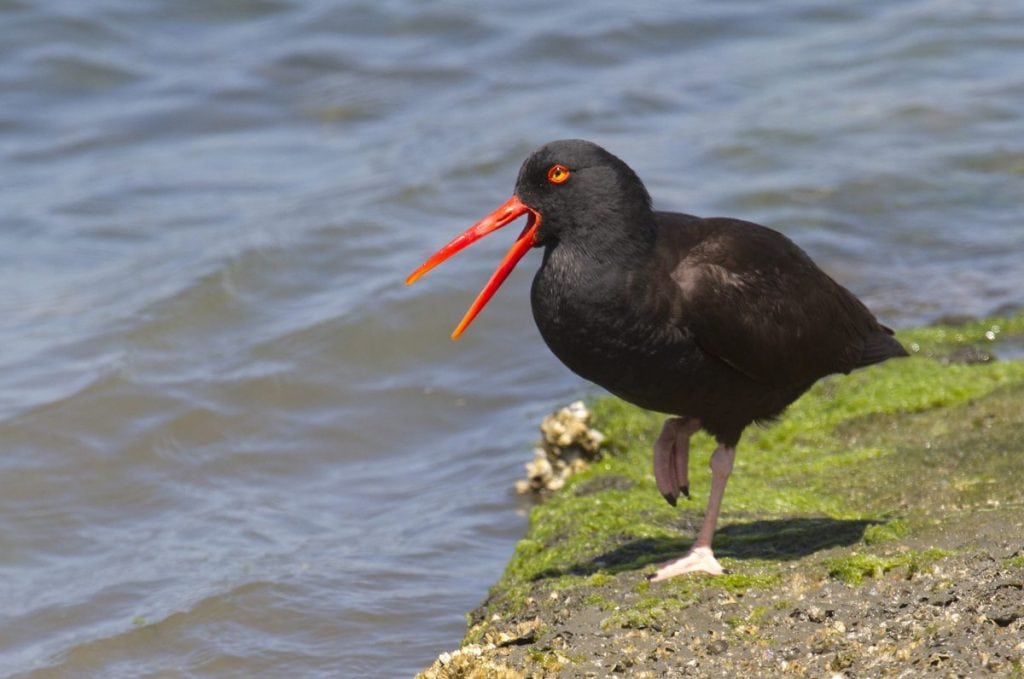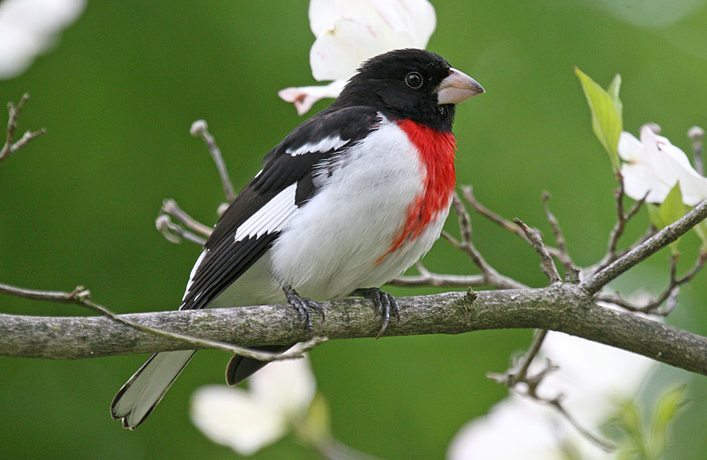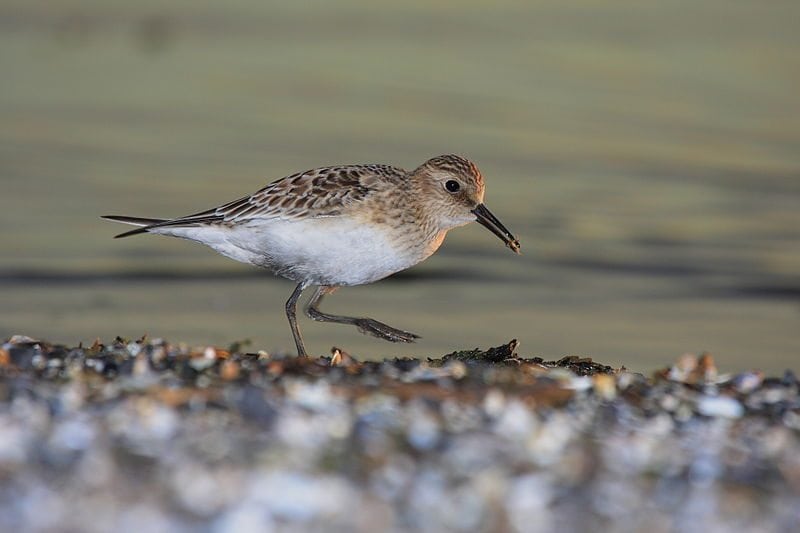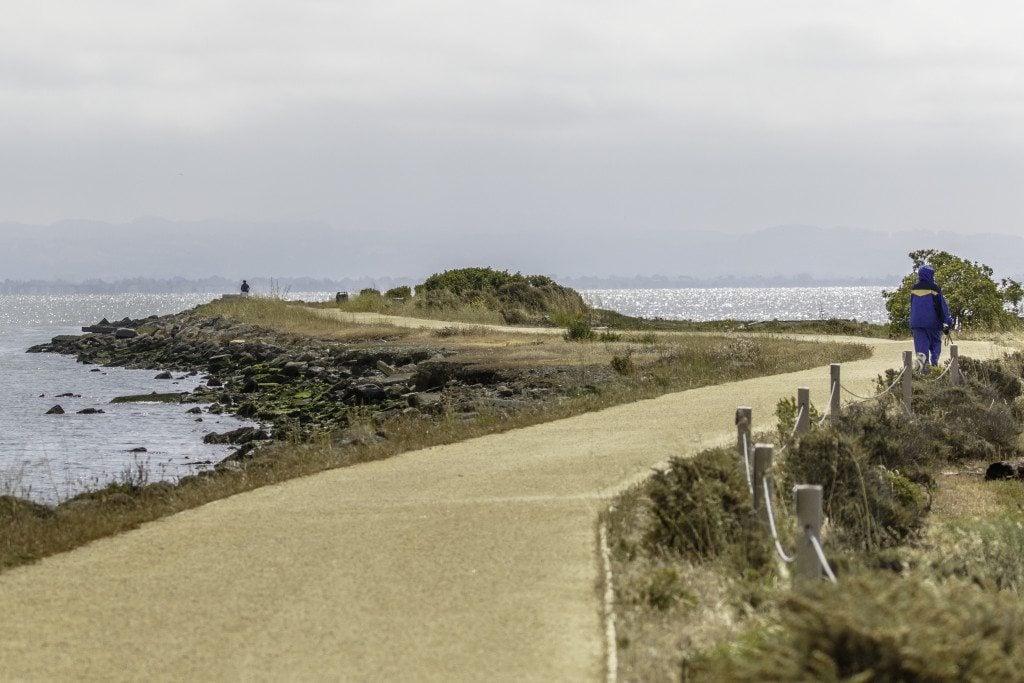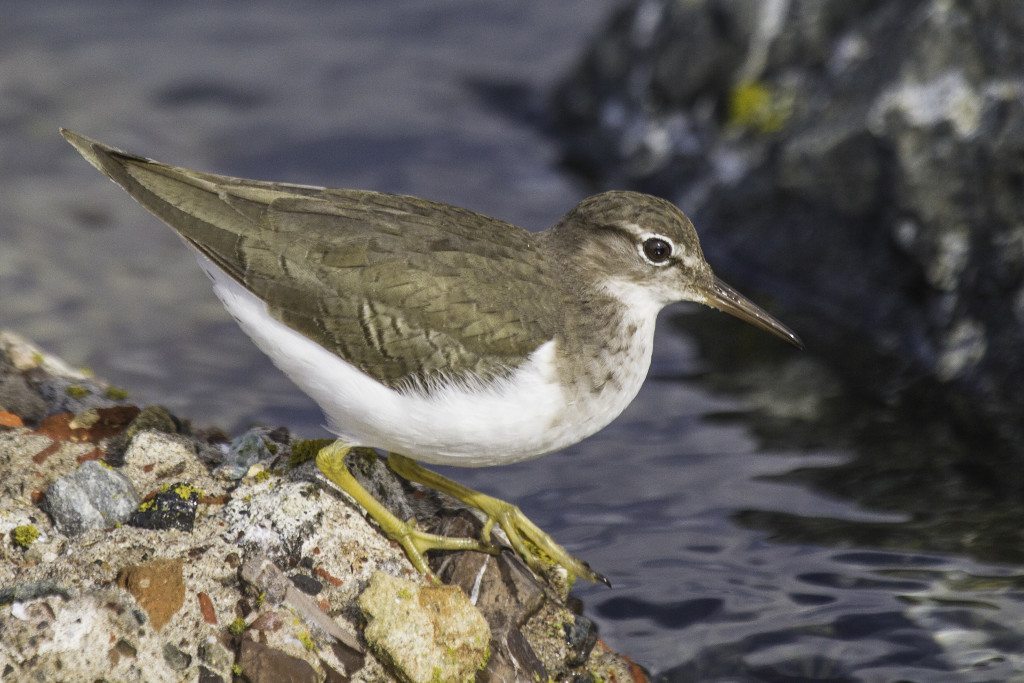Miwok-style Birdathon, 2015
By Ivan Samuels
When I realized that spring was upon us and Golden Gate Bird Alliance’s Birdathon season was fast approaching, a smoke signal was sent to fellow Miwok birders Peter Pyle and Brian Turner seeking consensus on the date for our big day. Okay, I admit that in fact I emailed them, but email would not be allowed on April 20, when for the fifth year in a row, we took the Miwok-style Birdathon challenge.
The rules and the route would be the same: no optics, car, bike, phone, watch, flashlight, etc. Relying on our collective birding experience and the help of a robust spring chorus, we would bird West Marin by foot, and by kayak in Bolinas Lagoon. With this unique challenge we would explore the diversity of habitats present within a small geographical area to ask the question: How many species might the Miwok Indians detect in a single day without using any modern aids?
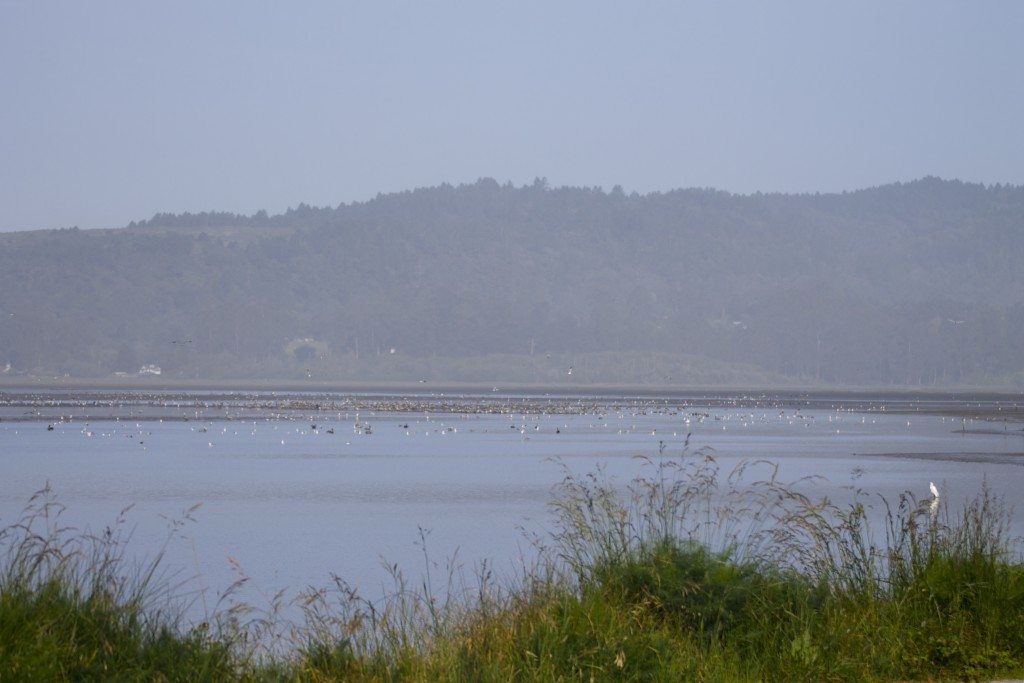 Birds and mudflats of Bolinas Lagoon / Photo by Ilana DeBare
Birds and mudflats of Bolinas Lagoon / Photo by Ilana DeBare
April 20, while a bit later than past years, was chosen mostly due to tides. A high tide around midday is critical for the kayak component of our count. We realized one result of this choice at dawn, when besides the haunting cries of Spotted Owls we immediately added Swainson’s Thrush to the list, a first. It seems that in past years, we were just a few days too early for this beautiful songster.
From there, the list grew rapidly and predictably; we have started to learn the best spots for site-faithful species that are on territory each year in the same places. Less predictable highlights also delighted the team – a Merlin persistently harassing a Crow (yes, usually the other way around), a skulking Lincoln’s Sparrow at the sewage ponds, White-throated Sparrow near Pine Gulch, flyover Pileated Woodpecker, and even a Rufous Hummingbird.
 Lincoln’s Sparrow / Photo by Bob Lewis
Lincoln’s Sparrow / Photo by Bob Lewis
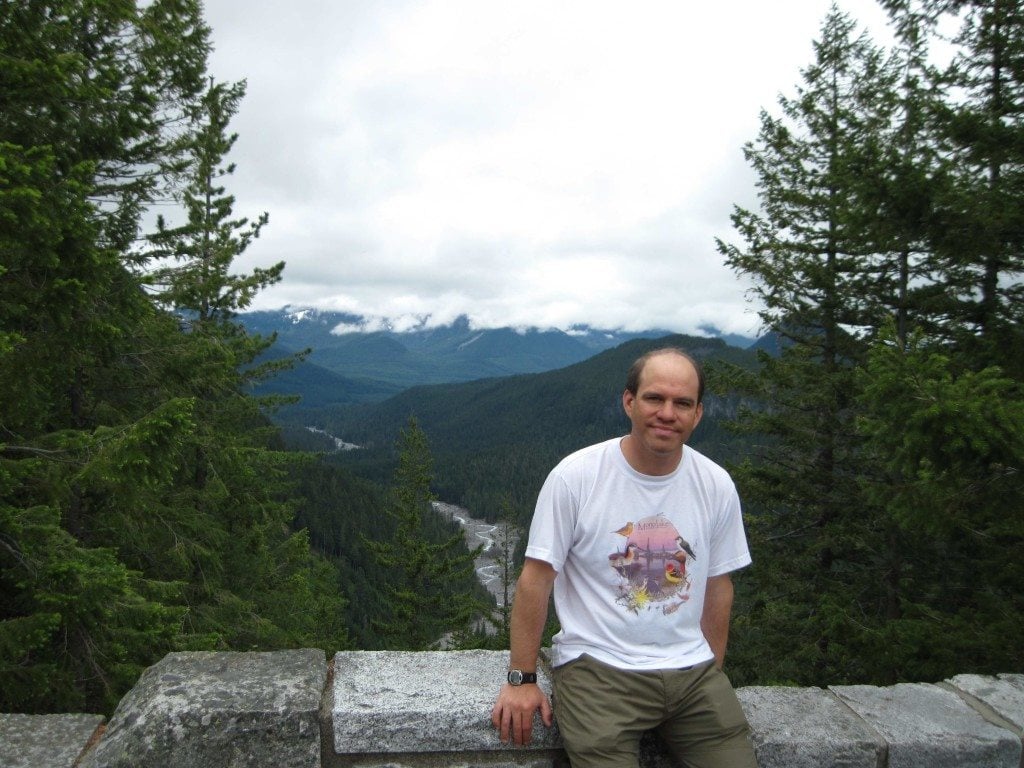 Ivan Samuels — NOT taken during the Miwork Birdathon, since Miwoks didn’t have cameras!
Ivan Samuels — NOT taken during the Miwork Birdathon, since Miwoks didn’t have cameras!
How well we timed the tide in Bolinas Lagoon is debatable as we spent considerable time walking our kayaks through mud. And while the ducks had largely departed, this part of the day added many water birds to our list.
Perched on the bluffs above Agate Beach, we stared and strained our eyes at Duxbury Reef and beyond. A gray sky all day, it was also dead calm and the lack of wind made for an extraordinarily peaceful moment.…


